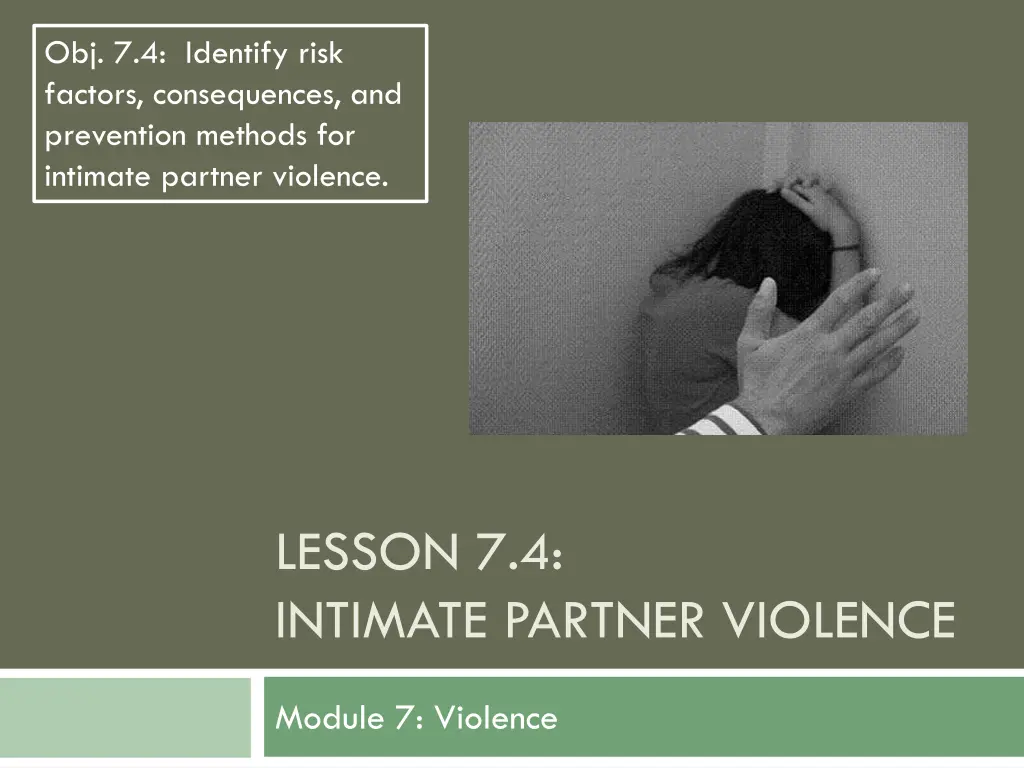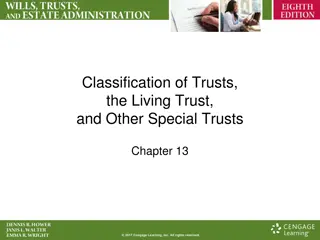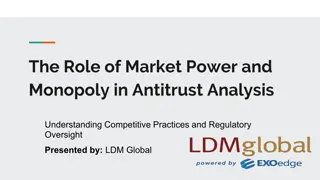
Understanding Intimate Partner Violence: Risk Factors, Consequences, and Prevention
Explore risk factors, consequences, and prevention methods for intimate partner violence, a serious public health issue affecting millions. Learn about IPV statistics, victimization by sexual orientation, and the effects of IPV on health outcomes. Enhance awareness to combat IPV effectively.
Download Presentation

Please find below an Image/Link to download the presentation.
The content on the website is provided AS IS for your information and personal use only. It may not be sold, licensed, or shared on other websites without obtaining consent from the author. If you encounter any issues during the download, it is possible that the publisher has removed the file from their server.
You are allowed to download the files provided on this website for personal or commercial use, subject to the condition that they are used lawfully. All files are the property of their respective owners.
The content on the website is provided AS IS for your information and personal use only. It may not be sold, licensed, or shared on other websites without obtaining consent from the author.
E N D
Presentation Transcript
Obj. 7.4: Identify risk factors, consequences, and prevention methods for intimate partner violence. LESSON 7.4: INTIMATE PARTNER VIOLENCE Module 7: Violence
Do Now: IPV by the Numbers Source: U.S. Department of Justice (https://www.ncjrs.gov/pdffiles1/nij/181867.pdf)
Do Now: IPV by the Numbers 1. What percentage of women and men, respectively, have experienced rape in their lifetime? 2. What percentage of women have experienced stalking in the previous 12 months? 3. What percentage of men have experienced physical assault in their lifetime? 4. Which type of victimization is most common for women? 5. Do you think most people are aware of the rates of these acts of intimate partner violence? Why or why not? 6. What are the implications of the level of awareness you believe exists around intimate partner violence? Source: U.S. Department of Justice (https://www.ncjrs.gov/pdffiles1/nij/181867.pdf)
Victimization by Sexual Orientation Sexual minority respondents reported levels of intimate partner violence at rates equal to or higher than those of heterosexuals. 44% of lesbian women, 61% of bisexual women, and 35% of heterosexual women experienced rape, physical violence, and/or stalking by an intimate partner in their lifetime. 26% of gay men, 37% of bisexual men, and 29% of heterosexual men experienced rape, physical violence, and/or stalking by an intimate partner at some point in their lifetime. Approximately 1 in 5 bisexual women (22%) and nearly 1 in 10 heterosexual women (9%) have been raped by an intimate partner in their lifetime. How might greater awareness of intimate partner violence experienced by lesbian, gay, and bisexual men and women improve health outcomes? Source: CDC, NISVS (http://www.cdc.gov/violenceprevention/pdf/cdc_nisvs_victimization_final-a.pdf)
What is IPV? Intimate partner violence (IPV) is a serious, preventable public health problem that affects millions of Americans. The term "intimate partner violence" describes physical, sexual, or psychological harm by a current or former partner or spouse. This type of violence can occur among heterosexual or same-sex couples and does not require sexual intimacy. IPV can vary in frequency and severity. It occurs on a continuum, ranging from one hit that may or may not impact the victim to chronic, severe battering. Source: CDC, IPV Definitions (http://www.cdc.gov/violenceprevention/intimatepartnerviolence/definitions.html)
When Closeness Goes Wrong Listen to the A Cup of Health with CDC podcast, When Closeness Goes Wrong (Runtime: 8:22) about IPV with Dr. Michelle Black. As you listen, answer the questions below: What are the effects of IPV? Is IPV usually a one-time event? Are victims of IPV willing to talk openly about the issue? Why might IPV be linked with chronic disease? CDC A Cup of Health Podcast on IPV source link: http://www2c.cdc.gov/podcasts/player.asp?f=7993
Teen Dating Violence Read the handout entitled Understanding Teen Dating Violence and use the information to complete the chart below on teen dating violence.
Teen Dating Violence: Scenario 1 Julisa has recently been diagnosed with clinical depression. She goes out and binge drinks nearly every weekend with her boyfriend and friends. When she drinks, her boyfriend often pressures her to have sex, even when she doesn t want to. He also make rude an inappropriate comments about her in front of all of their friends, which make her feel bad about herself. Julisa recently started a health course in school and learned about the signs of being in an abusing teen dating relationship. She now realizes she should get out of the relationship.
Teen Dating Violence: Scenario 2 Ryan suffers from severe anxiety, but has learned to cope with the symptoms in his teen years. He recently came out to his friends and family. He has not had a close relationship with another boy before, but decided to go on a date with another boy, Paul, who expressed interest in a relationship. He quickly realized that the relationship would not work, and tried to end things. But since then, Paul has not stopped calling, texting, and seems to track his every movement on social media. He asks Paul to lay off, but this only makes him pursue Ryan even more. Ryan s mom notices something is wrong and reports the boys behavior to his parents and school officials.
Homework: Create a recipe for a healthy relationship. Consider the risk factors, consequences, and prevention strategies for teen dating violence and creatively incorporate them into your recipe.






